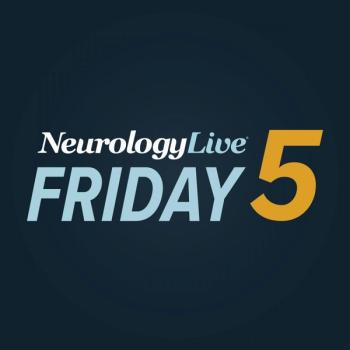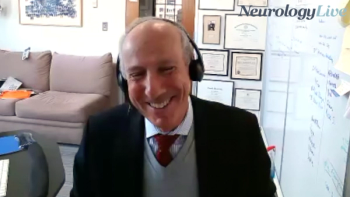
Breaking Barriers in Stroke Care: Insights From SEQUINS Hall of Famer Lewis B. Morgenstern, MD

Lewis B. Morgenstern, MD, reflects on his SEQUINS Hall of Fame recognition, the importance of health equity research, and his ongoing efforts to reduce stroke disparities.
The
The SEQUINS Hall of Fame, established in 2025, honors individuals who have significantly contributed to advancing equity in neuroscience. Inductees, which will be celebrated at the upcoming
To celebrate the 2025 inductees, NeurologyLive reached out to this year’s SEQUINS Hall of Fame members to learn more about what this recognition means to them, the topics they will present at the upcoming meeting, their professional journeys, and how the field of brain health equity has progressed. Among the distinguished honorees is Lewis B. Morgenstern, MD, Milton and Carolyn Kevreson Research Professor in Neurology at the University of Michigan, and principal investigator of the Brain Attack Surveillance in Corpus Christi (BASIC) studies.
NeurologyLive: What does it mean to be named a 2025 SEQUINS Hall of Famer?
Lewis B. Morgenstern, MD: This is indeed one of the greatest honors of my professional career! I have been a health disparities researcher and advocate for change for 30 years. In a time where this is criticized by both the right and the left, it is so rewarding to know that there is an organization that values this work and recognizes my small contribution to the efforts over time.
What inspired you to pursue a career in neurology, and how has your perspective on the field evolved over the years?
I was always fascinated by the brain. Also, my best friend growing up has spinal muscular atrophy and my grandmother who lived with us when I was young had a stroke. Neurology seemed to provide the answers to so many of my questions of what made us human; how we are similar and different.
What went into the topic you choose to present? Give some background on what you plan to present.
I chose to present on why health equity research is important to all populations. I think this is critical because 1. It gives us information on whether populations in society are getting healthier or sicker and whether interventions are working, 2. It allows populations to learn from each other. Certain aspects of culture and health practice from one population may be beneficial for others; 3. It allows us to study resilience among populations who have developed resilience mechanisms over generations. As Prof. Herman Taylor at Morehouse has written, elucidating resilience mechanisms may “transcend race” and be beneficial to all.
Who have been your most significant mentors or influences in your career, and how did they shape your path in neurology?
I have had many wonderful mentors throughout my life. My parents taught me to respect everyone equally. My high school history teacher, George Kirschner, taught us about how we displaced the indigenous peoples of America to settle here, and about the civil rights movement in great detail. My mentors in social epidemiology have given me insight to the plight of marginalized populations. My work colleagues continually open my eyes to new opportunities to work toward social justice and health equity.
How have you seen brain health equity neuroscience change during your career, and what work remains to be done?
A visiting professor in my undergraduate class which I direct, The History of Racism in the U.S. Healthcare System at The University of Michigan, concluded by saying that thankfully we do not live in the country of his grandparents and that hopefully his grandchildren will not live in the country that he lives in. This all means that things are getting better and will continue to improve. Not as fast as I would like but things are getting better. My work has centered around the Mexican American population in South Texas as part of the Brain Attack Surveillance in Corpus Christi (BASIC) project. Over the 25 years of the study we have seen that the large stroke disparities in incidence and outcome have essentially gone away. This is welcome news. There is still room for improvement in preventing and treating stroke in all race/ethnic populations.
Newsletter
Keep your finger on the pulse of neurology—subscribe to NeurologyLive for expert interviews, new data, and breakthrough treatment updates.



































